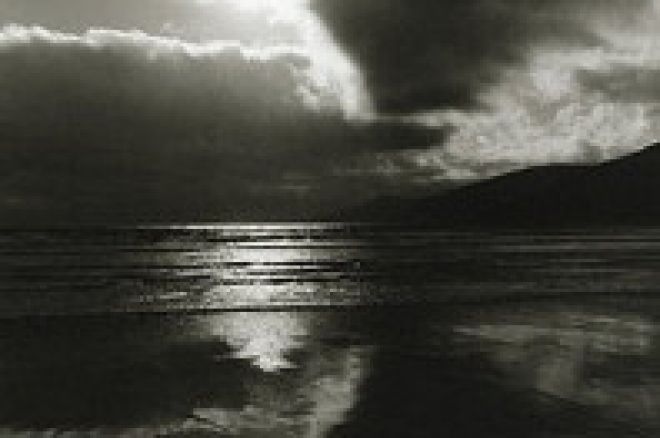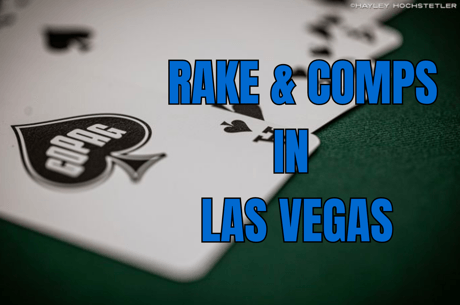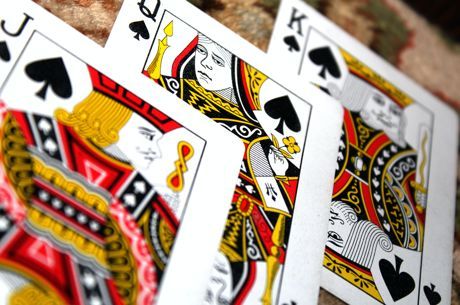Dark Clouds On The Horizon?

In auto racing in the 20th century, the Indianapolis 500 was considered the premier racing event in the United States. The best drivers from around the world competed at the legendary venue, vying for the crown worn by names traced in history: Foyt, Unser, Hill, Andretti. In the mid 90's, however, a schism formed. The owner of the Indianapolis Motor Speedway formed an offshoot organization and used the Indy 500 as the centerpiece of his new racing league. The break with the established racing organization caused a dilution of the legendary race as well as a still-unrecovered fan base; NASCAR is now the premier racing series in America and the Daytona 500 is the event that everyone watches.
What does this have to do with poker, I am sure you are asking yourself. It is because we may be standing on the edge of the same precipice with our game.
The poker boom continues, seemingly unabated. The number of new players coming to the game continues to expand, tournament entries and prize pools are growing to unprecedented levels and television continues to discover the excitement that those of us who play the game have already known. The future seems to be brighter than a supernova. But we may have the first arrivals of dark clouds on the horizon.
On January 6th, the Jack Binion World Poker Open begins play in the run of the third season of the World Poker Tour. The next day, Harrah's Atlantic City kicks off the inaugural event of the ESPN/World Series of Poker Circuit. Do not believe that this is a mistake; the next two events of the WSOP Circuit either run at the same time as a WPT event or begin right after a WPT event ends. The conflagration of the two has serious problems on the horizon.
The World Poker Tour exploded poker to the world. When Steve Lipscomb envisioned the Tour, little did he know (OK, maybe he did) how it would affect not only the child he had born, but also how it would affect the premier event of the poker world, Binion's World Series of Poker. In 2001, the WSOP Main Event had 613 combatants. The WPT began play in 2002 and revolutionized the way the game was shown. ESPN picked up the broadcast rights for the 2003 WSOP, showcasing a then-unknown Chris Moneymaker as he marched his way to the World Championship. By 2004, the Main Event quadrupled the field to 2,576 players and it is spoken in most circles that the expected player count for 2005 should be between four thousand and five thousand.
Possibly the first chink in the armor of poker was when Harrah's took over Binion's Horseshoe Casino, the longtime legendary home of the World Series, after bankruptcy forced its closing in early 2004. Harrah's did not jump in and take over the Horseshoe over any great altruistic needs; the powers there have seen where the game is going and wanted to get in on their share of the wealth. Along with ESPN, Harrah's had to concoct something to allow them to retain some piece of the poker world and, thus, the WSOP Circuit was created.
The WSOP Circuit will be five events, including the World Series. Oddly enough, all the events will be held at Harrah's properties in different locations across the United States. Besides the prize money, players will earn points for playing the tournaments in the circuit that count towards entry into the big money freeroll at the end; the top 100 players will square off in the Tournament of Champions at the end of the Main Event.
Here are where the clouds start to rumble. While more tournaments are great and the additional money fantastic, where will the players go? Will the players who have made their name with the WPT, such as Phil Ivey, Gus Hansen and Erik Lindgren, stay and play those tournaments, only to miss out on the chance to compete in the WSOP Circuit? Will the legends of the game, such as Doyle Brunson, T. J. Cloutier and Dan Harrington, exclusively play on the WSOP Circuit and take their drawing power from the WPT? Furthermore, can both organizations exist without one taking away from the other, in players, prize pools, sponsorships and television time?
This does not even begin to look at the additional impact of the World Poker Players Association (WPPA) or the Professional Poker Tour (PPT). How will these organizations find their way into the mix? Rather than beat each other to death and eliminate each other, maybe there can be a way to incorporate these organizations together and make a year-long tour, much like the PGA or the USGA does. It may be the first step towards a nationwide or international poker organization, something that has been talked about for years. It would be good for all to remember what happened in Indianapolis not a decade ago.








